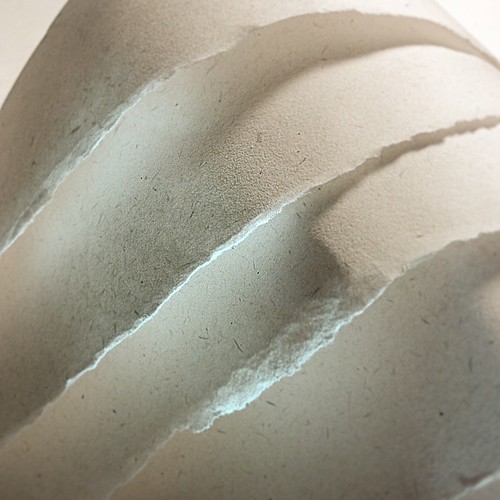 |
| Wet-Printed Cyanotag |
Oh well! I'm writing today about something I've been working on for a while, and really have only just started getting really nice results from. Printing cyanotypes on wood isn't terribly easy. If you coat the wood with a sealant, like gesso or primer, it works pretty well. That covers up the grain, though, and makes the final result look fairly flat. It takes away the character of the wood, and leaves you with something that might as well be printed on any other boring, flat surface.
I picked up two packs of these small wooden tags last time I was out shopping for craft supplies, about the time I received my turtle bones. I've been working on the two experiments concurrently, and actually encountered many of the same difficulties in both situations. Just like my problems with the turtle bones, the wood does not like to accept cyanotype chemistry very well. The chemistry starts turning blue as soon as it starts to dry, eventually becoming so exposed that it's useless. Wood is actually even more annoying, because I've been able to get decent results on bone with the mysteriously pre-exposed material. Not so with the wooden tags. They just don't print anything if they've turned blue. At best, I was able to get a blue-on-blue image that is... interesting, but not very visible.
 |
| Blue-on-blue dry printed tag |
My current solution to the problems presented by the wooden tags, which seems to be working, is to do wet-printing. I had actually never tried this before, Spiders, and I was very excited to see that it works! Wet-printing a cyanotype is when you don't allow the chemistry to dry before you expose it to light. I brush on a coat of chemistry, give it a few seconds to soak in, then go ahead and contact print it. Put the leaves directly onto the fresh chemistry, stick it into the printing frame (two sheets of glass, clipped together with office clamps) and set it in the sun.
 |
| Fuzzy, low-contrast dry printed tag |
Just like the turtle shell prints, I'm making these wood prints with the intention of eventually stringing them as wearable art. The double-holed tags might make nice bracelets. Some of the single-hole tags are sized right for pendants, or even earrings. Could be fun stuff.










